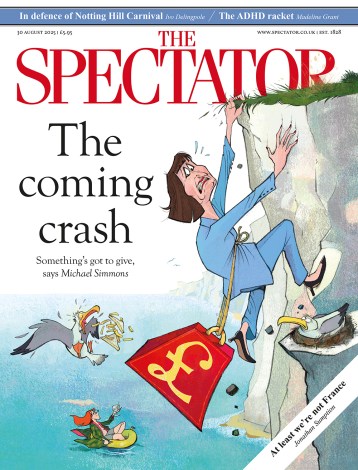The boy done good
The saga of Naim Attallah and his writing career continues. For readers who have just joined, Attallah’s short morality tale about his simple and happy childhood with his good and loving grandmother and great-aunt, The Old Ladies of Nazareth, appeared last year. It came swiftly on the heels of Jennie Erdal’s entertainting memoir, Ghosting. In this, she revealed that Attallah’s immense and impressive literary output — articles, collections of interviews, book reviews, erotic novels — had in fact been written not by him, but by her. For over 20 years, she had been his full-time ghost. Now, in another extremely short space of time, Attallah has produced the second volume
